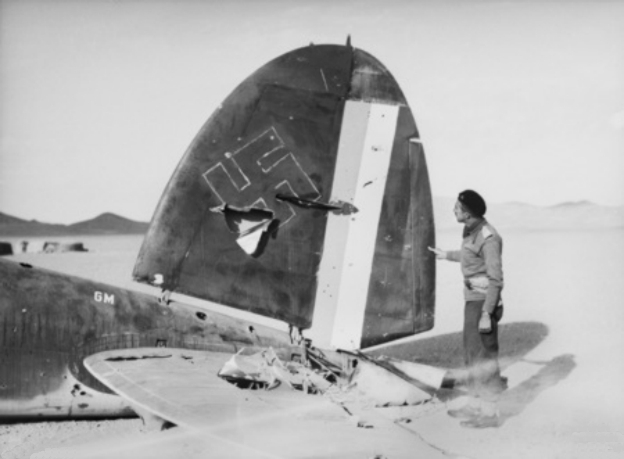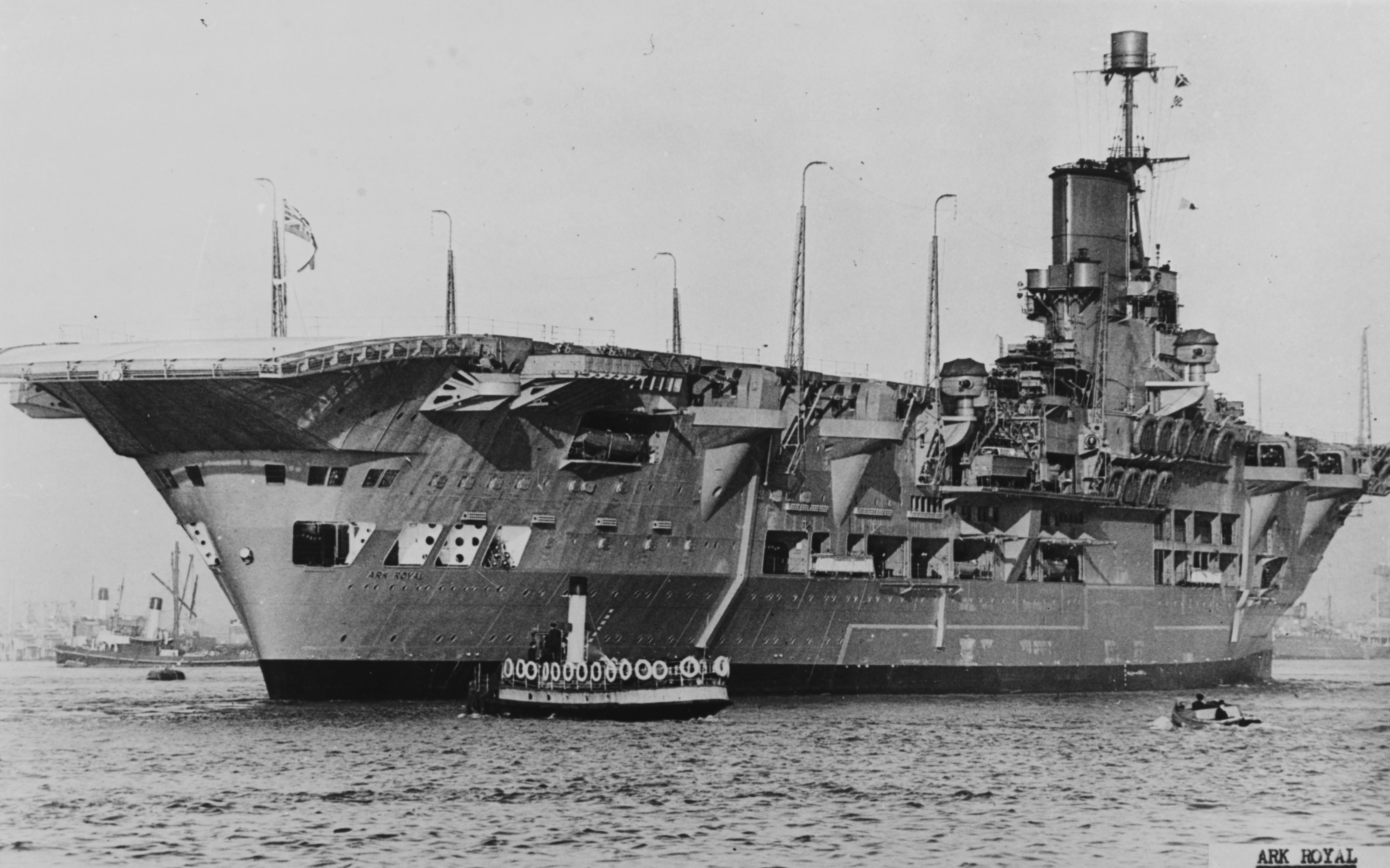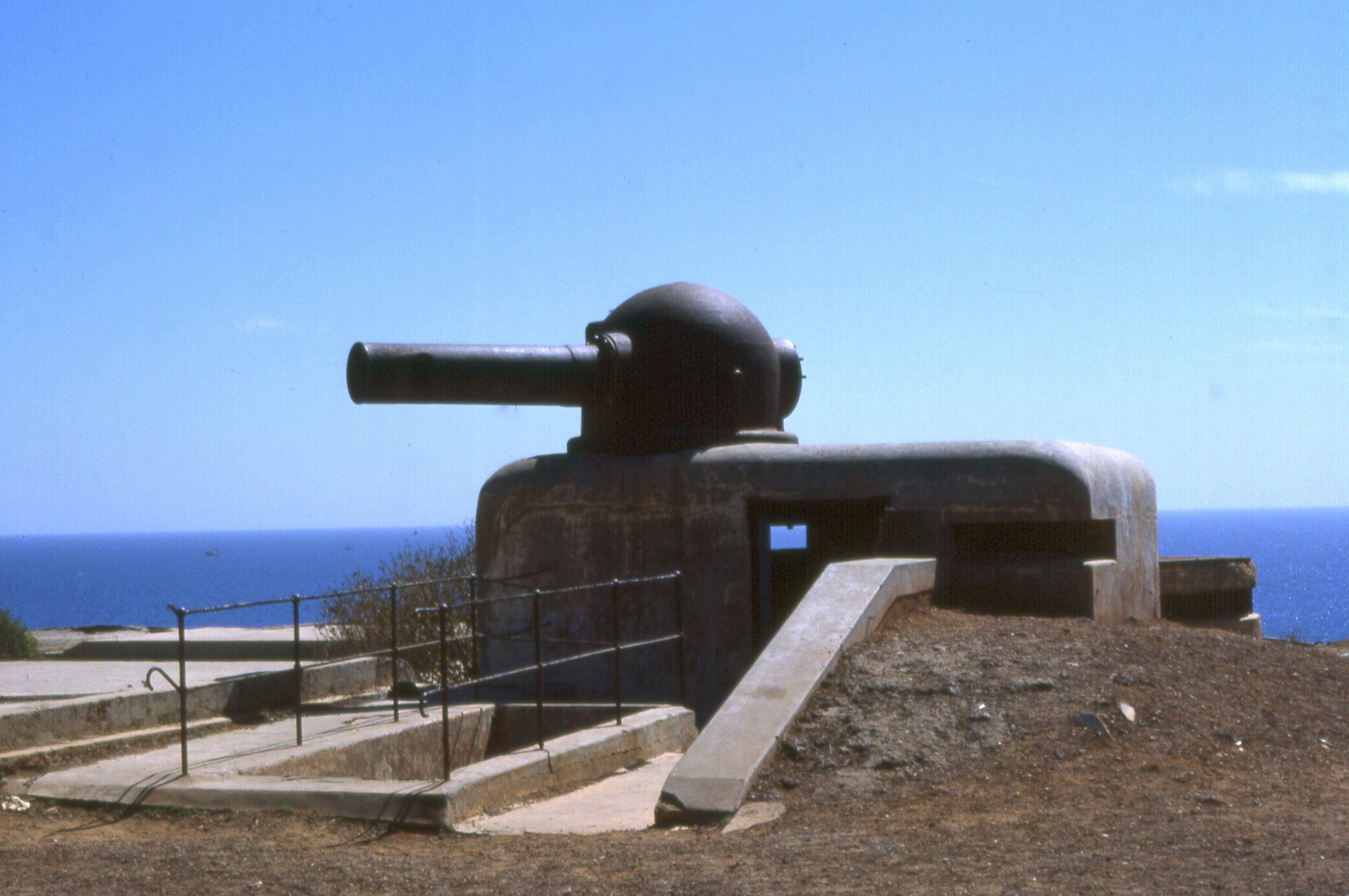|
Vichy French Air Force
The Air Force (french: ArmÃĐe de l'air), usually referred to as the Air Force of Vichy (''ArmÃĐe de l'air de Vichy'') or Armistice Air Force (''ArmÃĐe de l'Air de l'armistice'') for clarity, was the aerial branch of the Armistice Army of Vichy France established in the aftermath of the Fall of France in June 1940. The Vichy French Air Force existed between December 1940 and December 1942 and largely served to defend Vichy French territories abroad. History After the defeat of France, Marshal Henri-Philippe PÃĐtain signed the armistice with Germany on 22 June 1940. This was however not the end for the French Air Force. The branch was soon split into two camps: those who escaped from France and joined the Free French Forces (Forces Françaises Libres) and those who stayed and flew for the French Armistice Air Force on behalf of the Vichy government. Initially the Germans wanted to disband the air force completely, and all personnel were to be demobilized by mid-September. However, ... [...More Info...] [...Related Items...] OR: [Wikipedia] [Google] [Baidu] |
Armistice Army
The Armistice Army or Vichy French Army (french: ArmÃĐe de l'Armistice) was the common name for the armed forces of Vichy France permitted under the Armistice of 22 June 1940 after the French capitulation to Nazi Germany and Italy. It was officially disbanded in 1942 after the German invasion of the " Free Zone" (''Zone libre'') which was directly ruled by the Vichy regime. At the beginning of 1942, the numbers of the Armistice Army reached 550,000 men, including 21,000 officers. History Article IV of the Armistice of 22 June 1940 allowed for a small French army â the Army of the Armistice (''ArmÃĐe de l'Armistice'') â stationed in the Zone libre (Unoccupied France), and the French colonial empire overseas.. It was headed by Marshal Philippe PÃĐtain, hero of World War I. The function of these forces was to keep internal order and to defend French territories from Allied assault. The French forces were to remain under the overall direction of the German armed forces. Th ... [...More Info...] [...Related Items...] OR: [Wikipedia] [Google] [Baidu] |
1941 Iraqi Coup D'ÃĐtat
The 1941 Iraqi coup d'ÃĐtat ( ar, ØŦŲØąØĐ ØąØīŲØŊ ØđاŲŲ اŲŲŲŲاŲŲ, ''Thawrah RaÅĄÄŦd ĘŋAlÄŦ al-KaylÄnÄŦ''), also called the Rashid Ali Al-Gaylani coup or the Golden Square coup, was a nationalist coup d'ÃĐtat in Iraq on 1 April 1941 that overthrew the pro-British regime of Regent 'Abd al-Ilah and his Prime Minister Nuri al-Said and installed Rashid Ali al-Gaylani as Prime Minister. The coup was led by four Iraqi nationalist army generals, known as "the Golden Square", who intended to use the war to press for full Iraqi independence following the limited independence granted in 1932. To that end, they worked with German intelligence and accepted military assistance from Nazi Germany and Fascist Italy. The change in government led to the British invasion of Iraq and subsequent occupation until 1947. The coup From 1939 to 1941 a pro-British government headed by the Regent 'Abd al-Ilah and Prime Minister Nuri as-Said ruled Iraq. Iraq severed relations with Germany on ... [...More Info...] [...Related Items...] OR: [Wikipedia] [Google] [Baidu] |
French North Africa
French North Africa (french: Afrique du Nord française, sometimes abbreviated to ANF) is the term often applied to the territories controlled by France in the North African Maghreb during the colonial era, namely Algeria, Morocco and Tunisia. In contrast to French West Africa and French Equatorial Africa which existed as federations of French colonies and administrative entities in their own right, French North Africa was never more than a term of convenience to refer to the three separately governed territories under different forms of colonial regime. In the 19th century, the decline of the Ottoman Empire, which had loosely controlled the area since the 16th century, left the region vulnerable to other forces. In 1830, French troops captured Algiers and from 1848 until independence in 1962, France treated Algeria as an integral part of France, the ''MÃĐtropole'' or metropolitan France. In subsequent decades, a substantial European settler population emerged in Algeria known ... [...More Info...] [...Related Items...] OR: [Wikipedia] [Google] [Baidu] |
Military History Of Gibraltar During World War II
The military history of Gibraltar during World War II exemplifies Gibraltar's position as a British Empire, British fortress since the early 18th century and as a vital factor in British military strategy, both as a foothold on the Europe, continent of Europe, and as a bastion of Royal Navy, British sea power. During World War II, Gibraltar served a vital role in both the Battle of the Atlantic, Atlantic Theatre and the Mediterranean Theatre of World War II, Mediterranean Theatre, controlling virtually all naval traffic into and out of the Mediterranean Sea from the Atlantic Ocean. In addition to its commanding position, Gibraltar provided a strongly defended harbour from which ships could operate in both the Atlantic and the Mediterranean. Force H, under the command of James Fownes Somerville, Vice-Admiral James Somerville was based in Gibraltar and had the task of maintaining naval superiority and providing a strong escort for convoys to and from the Siege of Malta (1940), ... [...More Info...] [...Related Items...] OR: [Wikipedia] [Google] [Baidu] |
Dakar
Dakar ( ; ; wo, Ndakaaru) (from daqaar ''tamarind''), is the capital and largest city of Senegal. The city of Dakar proper has a population of 1,030,594, whereas the population of the Dakar metropolitan area is estimated at 3.94 million in 2021. The area around Dakar was settled in the 15th century. The Portuguese established a presence on the island of GorÃĐe off the coast of Cap-Vert and used it as a base for the Atlantic slave trade. France took over the island in 1677. Following the abolition of the slave trade and French annexation of the mainland area in the 19th century, Dakar grew into a major regional port and a major city of the French colonial empire. In 1902, Dakar replaced Saint-Louis as the capital of French West Africa. From 1959 to 1960, Dakar was the capital of the short-lived Mali Federation. In 1960, it became the capital of the independent Republic of Senegal. History The Cap-Vert peninsula was settled no later than the 15th century, by the Lebu peop ... [...More Info...] [...Related Items...] OR: [Wikipedia] [Google] [Baidu] |
HMS Ark Royal (91)
HMS ''Ark Royal'' (pennant number 91) was an aircraft carrier of the Royal Navy that was operated during the Second World War. Designed in 1934 to fit the restrictions of the Washington Naval Treaty, ''Ark Royal'' was built by Cammell Laird at Birkenhead, England, and completed in November 1938. Her design differed from previous aircraft carriers. ''Ark Royal'' was the first ship on which the hangars and flight deck were an integral part of the hull, instead of an add-on or part of the superstructure. Designed to carry a large number of aircraft, she had two hangar deck levels. She was used during a period that first saw the extensive use of naval air power; several carrier tactics were developed and refined aboard ''Ark Royal''. ''Ark Royal'' operated in some of the most active naval theatres of the Second World War. She was involved in the first aerial U-boat kills of the war, operations off Norway, the search for the German battleship , and the Malta Convoys. ''Ark Royal' ... [...More Info...] [...Related Items...] OR: [Wikipedia] [Google] [Baidu] |
Senegal
Senegal,; Wolof: ''Senegaal''; Pulaar: ðĪ ðĪŦðĪēðĪŦðĪšðĪĒðĨðĪĪðĪ (Senegaali); Arabic: اŲØģŲؚاŲ ''As-Sinighal'') officially the Republic of Senegal,; Wolof: ''RÃĐewum Senegaal''; Pulaar : ðĪðĪŦðĪēðĪĢðĪĒðĨðĪēðĪĢðĪ ðĪ ðĪŦðĪēðĪŦðĪšðĪĒðĨðĪĪðĪ (Renndaandi Senegaali); Arabic: ØŽŲ ŲŲØąŲØĐ Ø§ŲØģŲؚاŲ ''Jumhuriat As-Sinighal'') is a country in West Africa, on the Atlantic Ocean coastline. Senegal is bordered by Mauritania to the north, Mali to the east, Guinea to the southeast and Guinea-Bissau to the southwest. Senegal nearly surrounds the Gambia, a country occupying a narrow sliver of land along the banks of the Gambia River, which separates Senegal's southern region of Casamance from the rest of the country. Senegal also shares a maritime border with Cape Verde. Senegal's economic and political capital is Dakar. Senegal is notably the westernmost country in the mainland of the Old World, or Afro-Eurasia. It owes its name to the ... [...More Info...] [...Related Items...] OR: [Wikipedia] [Google] [Baidu] |
French West Africa
French West Africa (french: Afrique-Occidentale française, ) was a federation of eight French colonial territories in West Africa: Mauritania, Senegal, French Sudan (now Mali), French Guinea (now Guinea), Ivory Coast, Upper Volta (now Burkina Faso), Dahomey (now Benin) and Niger. The federation existed from 1895 until 1958. Its capital was Saint-Louis, Senegal until 1902, and then Dakar until the federation's collapse in 1960. History Until after World War II, almost none of the Africans living in the colonies of France were citizens of France. Rather, they were "French subjects", lacking rights before the law, property ownership rights, rights to travel, dissent, or vote. The exception was the Four Communes of Senegal: those areas had been towns of the tiny Senegal Colony in 1848 when, at the abolition of slavery by the French Second Republic, all residents of France were granted equal political rights. Anyone able to prove they were born in these towns was legally Fre ... [...More Info...] [...Related Items...] OR: [Wikipedia] [Google] [Baidu] |
Battle Of Dakar
The Battle of Dakar, also known as Operation Menace, was an unsuccessful attempt in September 1940 by the Allies to capture the strategic port of Dakar in French West Africa (modern-day Senegal). It was hoped that the success of the operation could overthrow the pro-German Vichy French administration in the colony, and be replaced by a pro-Allied Free French one under General Charles de Gaulle. Background At the beginning of World War II, the French fleet in the Mediterranean was to have countered the Italian Navy, thereby leaving the British Royal Navy free to concentrate on the German warships in the North Sea and Atlantic. After the defeat of France and the conclusion of the armistice between France and Nazi Germany in June 1940, there was considerable confusion as to the allegiance of the various French colonies. Some, like Cameroon and French Equatorial Africa, joined the Free French, but others, including the North African colonies, French West Africa, Syria and Indochina ... [...More Info...] [...Related Items...] OR: [Wikipedia] [Google] [Baidu] |
Flag Of France
The national flag of France (french: link=no, drapeau français) is a tricolour featuring three vertical bands coloured blue ( hoist side), white, and red. It is known to English speakers as the ''Tricolour'' (), although the flag of Ireland and others are also so known. The design was adopted after the French Revolution; while not the first tricolour, it became one of the most influential flags in history. The tricolour scheme was later adopted by many other nations in Europe and elsewhere, and, according to the ''EncyclopÃĶdia Britannica'' has historically stood "in symbolic opposition to the autocratic and clericalist royal standards of the past". Before the tricolour was adopted the royal government used many flags, the best known being a blue shield and gold fleur-de-lis (the Royal Arms of France) on a white background, or state flag. Early in the French Revolution, the Paris militia, which played a prominent role in the storming of the Bastille, wore a cockade of blue ... [...More Info...] [...Related Items...] OR: [Wikipedia] [Google] [Baidu] |
Roundel
A roundel is a circular disc used as a symbol. The term is used in heraldry, but also commonly used to refer to a type of national insignia used on military aircraft, generally circular in shape and usually comprising concentric rings of different colours. Other symbols also often use round shapes. Heraldry In heraldry, a ''roundel'' is a circular charge. ''Roundels'' are among the oldest charges used in coats of arms, dating from at least the twelfth century. Roundels in British heraldry have different names depending on their tincture. Thus, while a roundel may be blazoned by its tincture, e.g., ''a roundel vert'' (literally "a roundel green"), it is more often described by a single word, in this case ''pomme'' (literally "apple", from the French) or, from the same origins, ''pomeis''âas in "Vert; on a cross Or five pomeis". One special example of a named roundel is the fountain, depicted as ''a roundel barry wavy argent and azure'', that is, containing alternating horizo ... [...More Info...] [...Related Items...] OR: [Wikipedia] [Google] [Baidu] |


.jpg)



